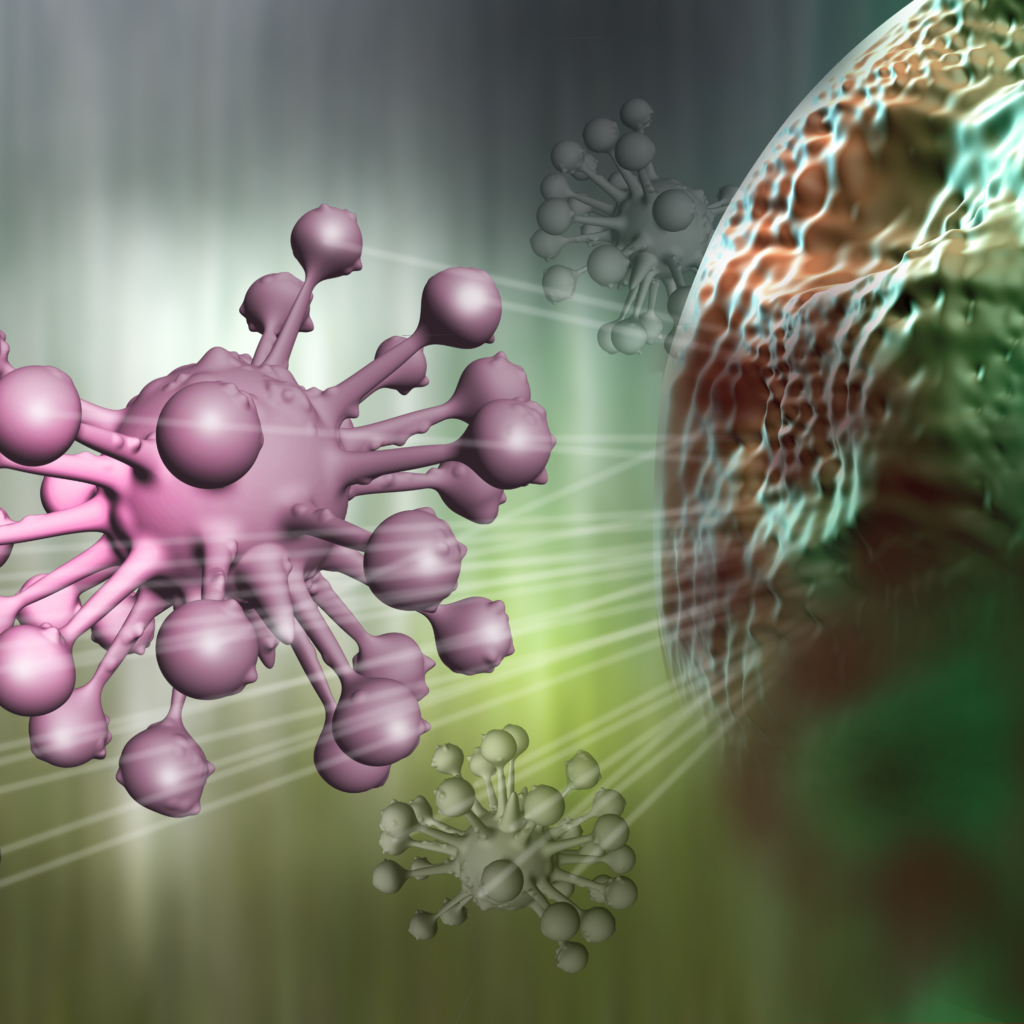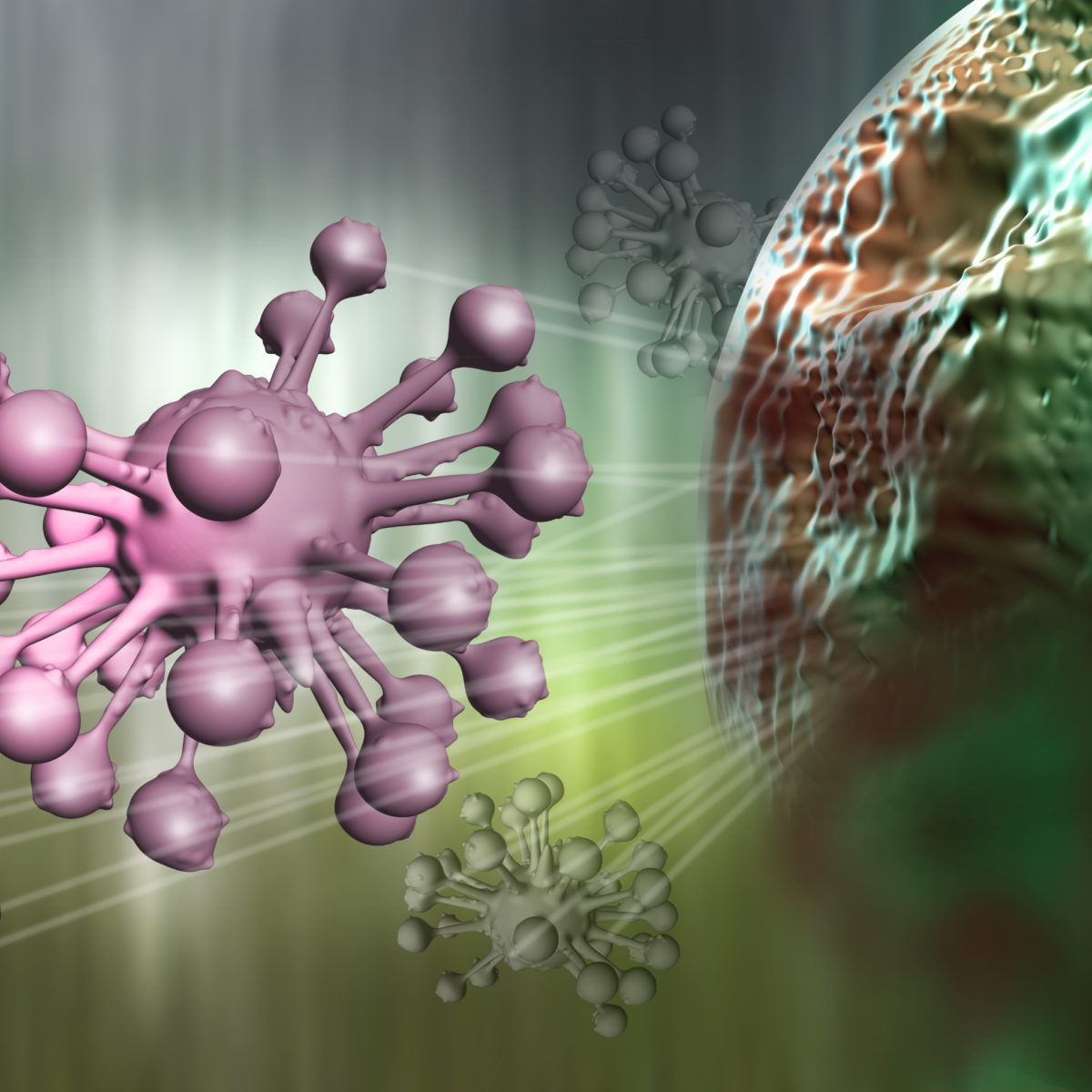Bispecific T-Cell Engager (BiTE)
A Conversation with Dr. Farrukh Awan
Learn more about bispecific T-cell engagers (BiTEs), an emerging T-cell therapy that’s being investigated for the treatment of blood cancers from hematologist-oncologist, Dr. Farrukh Awan.
Dr. Awan, an associate professor and hematologist-oncologist at UT Southwestern, is a member of several professional organizations, including the American Society of Clinical Oncology (ASCO) and the American Society of Hematology (ASH). He is also the recipient of the Young Investigator Award from ASCO and has published on many topics, including ibrutinib and acalabrutinib.

- Video: Dr. Awan on BiTEs
- What are bispecific T-cell engagers (BiTEs)?
- What is the BiTE mechanism of action
- How is BiTE different from CAR T-cell therapy
- What do these T-cell therapies mean for patients
- Describe the BiTE studies you’re a part of
- What does BiTE treatment look like for patients
- When would patients stop treatment?
Video: Dr. Awan on BiTEs
What are bispecific T-cell engagers (BiTEs)?
There are multiple BiTEs. The BiTEs are a group of compounds which are basically called bispecific T-cell engagers. There’s just not just one BiTE, there are multiple BiTEs out there. We are participating in about three or four of them across all different types of cancers.
Basically what they’re doing is identifying a spot on the cancer cell, targeting that spot and latching onto that cancer cell. While they do that, they also engage the policemen, which are in the body. The lymphocytes are then the natural killer cells, the natural lymphocytes.
What is the BiTE mechanism of action
What they do is they bring the killer cell or the policemen close to where the bad guy is. At the same time, they’re stimulating the policemen, ‘Hey, this is a bad guy. I want you to kill it.’
That’s what they’re designed to do. They’re designed to attract these two cells. The idea is that the cancer cell will die because it’s in close proximity to an activated T-cell or a natural killer cell.
There are multiple BiTEs that are in clinical trials, and there’s a lot of excitement around them. They’re targeting different things on the cancer cells, what we call antigens.
They are targeting CD19, CD20, CD37, and so on. There are multiple such options available for acute leukemias, for lymphomas, for chronic leukemias. I think that’s very exciting because that’s a little bit different from our T-cells, which are also very popular.
How is BiTE different from CAR T-cell therapy
In the CAR T-cells, what we do is we take the same policemen out of the body. We give them new guns, we expand them and then we give it back to the patient and those CAR T-cells then find the cancer cells and kill them.
In the BiTEs, everything’s happening in the body. Obviously, convenience is a significant issue, significantly better with those agents. You don’t have to wait for the manufacturing of the CAR Ts so I think it has its advantages.
Again, we just have to see how it turns out, what the right doses are, how to dose them, how often to dose it, what are the side effects, and so on and so forth.
What do these T-cell therapies mean for patients
I think it’s a step in the right direction. This technology is not new. It’s been around for a while and we have blinatumomab that’s already approved for acute lymphocytic leukemia (ALL) patients.
We’ve used that a lot in the past and we’ve used multiple other BiTEs over the years, but it’s getting better and better. Toxicity, side effects are getting easier to manage.
We used to give it continuously 24/7 in the past. Now we can just do it once a week. Sometimes we can do under-the-skin shots. There are so many new, exciting things happening with the way we manufacture these products and give it to our patients.
Describe the BiTE studies you’re a part of
We are part of the Genmab BiTE trials. We’re also part of the Regeneron BiTE trials. We have both the CD19 and the CD20 and the CD37 BiTEs.
We have multiple BiTEs. Most of them are in the Phase 1 and Phase 2 expansion phases. Basically, we are still trying to identify the optimum dose.
Then the next step is to really look at the benefit in a larger cohort of patients. We have multiple options at our sites, specifically for a lot of lymphoid malignancies or a lot of lymphomas, and then we can do different formulations targeting different things.
What does BiTE treatment look like for patients
We have the once-a-week IV shot. Then we also have a once-a-week under the skin shot. I have patients on both of those trials. It just depends on the specific situation for that particular patient. It’s literally that.
These are relatively new drugs. Some of those patients, we might admit to the hospital for 24 hours for observation after they get the shot, but in the future, we may not even have to do that once we see how the side effects are.
Essentially, treatment can be continued until you have either a disease response or until you know for sure that it’s not working. It’s getting very convenient. It’s literally a weekly shot.
When would patients stop treatment?
Obviously, if you have progressive disease, then there’s no point in continuing that. If you have side effects, then you can stop it at any time. You can potentially continue it as long as you need to, as long as it works.
